Fieldtrip - Cultural Heritage of Vojvodina
Museum of Vojvodina, Novi Sad
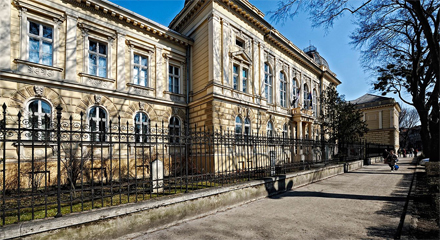
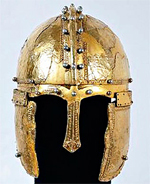 The Museum of Vojvodina, cultural institution with more than 150 years
of museological tradition, is one of the biggest general museums in Serbia,
with significant collections of Vojvodina’s cultural heritage. It was founded
on the initiative of renowned Serbs from Vojvodina, on the session of the
Matica Srpska management board in Pest in 1847, and was named “Serbian
National Collection and Museum”. Today, Museum of Vojvodina is consisted
of different, but functionally connected parts, such as: archeology,
history, history of arts, ethnology, conservatory service, workshop, library,
pedagogical service. Museum’s collection contains priceless cultural heritage
from different parts of Vojvodina, from Paleolithic period to modern
time. In museum’s depots more than 400.000 artifacts could be found.
The Museum’s main building, with area of more than 2000 square meters,
contains about 4000 artifacts presented through three larger sections: archeology, history and ethnology.
This extraordinary exhibition reveals the story of Vojvodina’s past, from prehistoric times to 20-th century,
with the addition of the story about everyday life and achievements of civilizations that lived here
for more than eight thousand years.
The Museum of Vojvodina, cultural institution with more than 150 years
of museological tradition, is one of the biggest general museums in Serbia,
with significant collections of Vojvodina’s cultural heritage. It was founded
on the initiative of renowned Serbs from Vojvodina, on the session of the
Matica Srpska management board in Pest in 1847, and was named “Serbian
National Collection and Museum”. Today, Museum of Vojvodina is consisted
of different, but functionally connected parts, such as: archeology,
history, history of arts, ethnology, conservatory service, workshop, library,
pedagogical service. Museum’s collection contains priceless cultural heritage
from different parts of Vojvodina, from Paleolithic period to modern
time. In museum’s depots more than 400.000 artifacts could be found.
The Museum’s main building, with area of more than 2000 square meters,
contains about 4000 artifacts presented through three larger sections: archeology, history and ethnology.
This extraordinary exhibition reveals the story of Vojvodina’s past, from prehistoric times to 20-th century,
with the addition of the story about everyday life and achievements of civilizations that lived here
for more than eight thousand years.
Kulpin Museum Complex
The Museum in Kulpin comprises the nucleus settlement from the second half of the eighteenth and the first half of the nineteenth century. This compound of buildings consists of two mansions with extra facilities, built by the members of the noble Stratimirović family, encapsulating the gardens, the old school building, the Serbian Orthodox Church and the Parochial House.
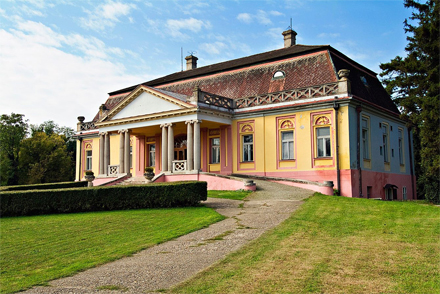
The Agricultural Museum
The Agricultural Museum in Kulpin, as unique specialized museum facility in Serbia for agrarian history research, was established 20th January 1993. Establishment was preceded by extensive investigations and activities of various scientists and other relevant experts. The result of these activities is that the Museum now has safeguarded space, exhibits and conditions for further development, so that in a relatively short period has become an institution of significant cultural and scientific importance, especially in the research, promotion and interpretation of the agrarian past. The Museum comprises complex of castles “Kaštel” i “Stari dvorac”, which were placed under state protection as monumental buildings. Within the complex, beside these castles, there are administrative building, the so-called blacksmith shop, stables and grain barn. All facilities have museological purpose. With the reconstruction of grain barn, the Museum has gained a unique exhibition and gallery space.
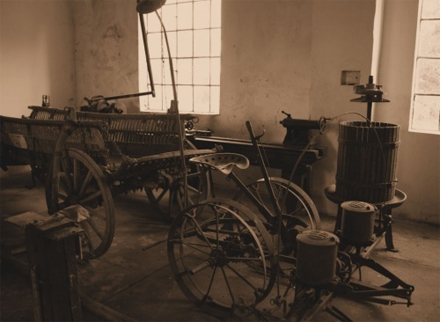
The Museum is surrounded by wonderful park with surface of 4 ha, which is a monument of nature - arboretum of rare plant species. The main objective of the Agricultural Museum is primarily to preserve physical evidence of the rich agricultural past from extinction and declination.
Permanent thematic exhibitions: History of hop cultivation, History of hemp cultivation, History of wheat cultivation, History of sorghum cultivation, Tobacco and pipes, History of cattle breeding, History of dairy farming, Pig breeding – Yesterday, Today and Tomorrow, Traditional sheepherding in Vojvodina Province, Ploughing tools and instruments, The history of Faculty of Agriculture in Novi Sad (1954 - 2004).
Carlsberg Brewery in ÄŚelarevo
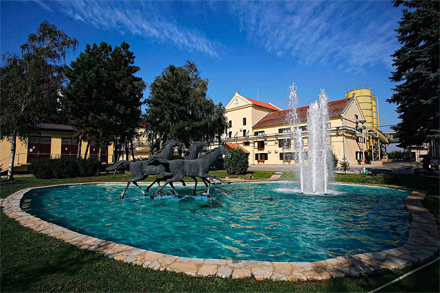
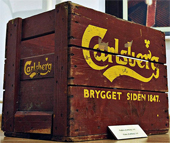 Carlsberg Srbija is a beer brewery in Serbia, majority owned by
Danish Carlsberg Group since 2003. Known by its signature
brand Lav pivo, it is located in the village of ÄŚelarevo in BaÄŤka
Palanka municipality and has around 500 employees. According
to year 2007 data, Carlsberg Srbija holds around 23% of Serbian
beer market, placing it second, behind market leader Apatinska
pivara. Pivara ÄŚelarevo Brewery has been under the patronage
of Carlsberg Group owning 52% from September 2003, and
from September 2004 the ownership has become 99.96%. Since
then, one of the major investments in production has been purchasing
of modern PET line of a renowned German producer
Krones, which started working in June 2004. This increases the
capacity for producing larger number of brands as well as the
capacity of the brewery. In 2006. new CAN line was installed in
Brewery producing and filling CAN beer for Carlsberg South East Europe region. On October 22, 2008,
the company opened the Beer Museum in ÄŚelarevo which will be visited during this trip.
Carlsberg Srbija is a beer brewery in Serbia, majority owned by
Danish Carlsberg Group since 2003. Known by its signature
brand Lav pivo, it is located in the village of ÄŚelarevo in BaÄŤka
Palanka municipality and has around 500 employees. According
to year 2007 data, Carlsberg Srbija holds around 23% of Serbian
beer market, placing it second, behind market leader Apatinska
pivara. Pivara ÄŚelarevo Brewery has been under the patronage
of Carlsberg Group owning 52% from September 2003, and
from September 2004 the ownership has become 99.96%. Since
then, one of the major investments in production has been purchasing
of modern PET line of a renowned German producer
Krones, which started working in June 2004. This increases the
capacity for producing larger number of brands as well as the
capacity of the brewery. In 2006. new CAN line was installed in
Brewery producing and filling CAN beer for Carlsberg South East Europe region. On October 22, 2008,
the company opened the Beer Museum in ÄŚelarevo which will be visited during this trip.



